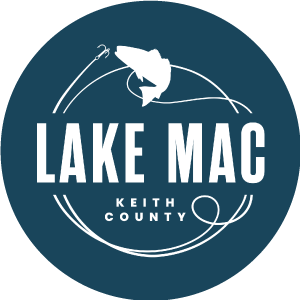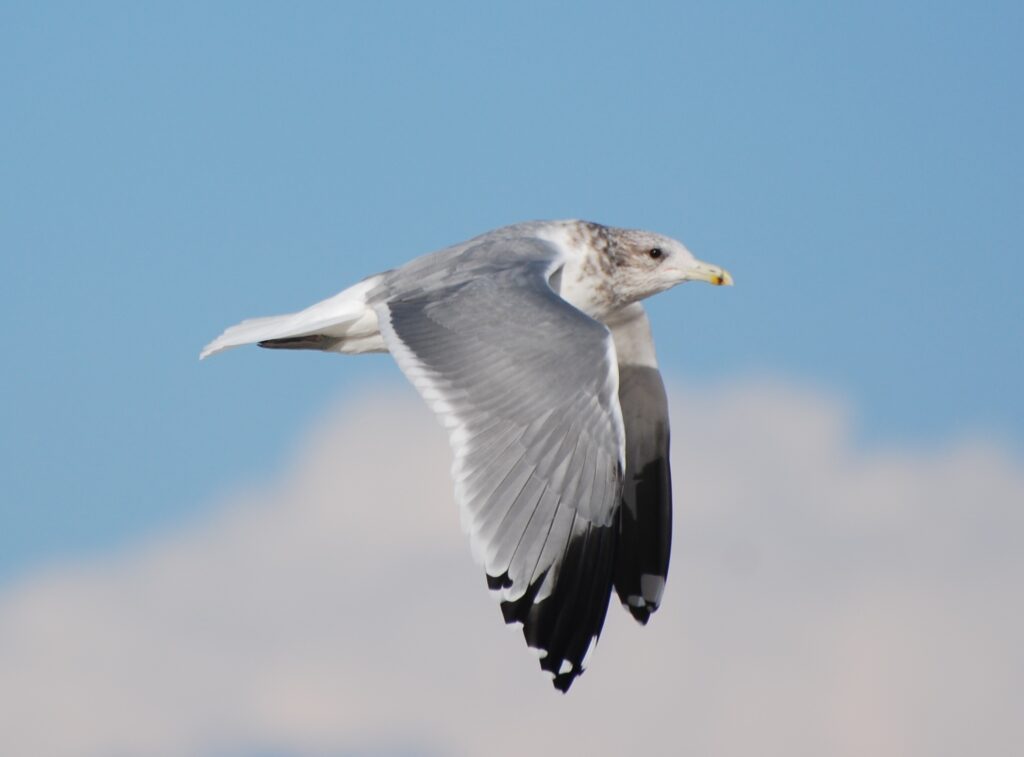All (Birding) Trails Lead to Keith County!
Ogallala and Keith County are known for their location at the intersection of several historic trails. After all, this is where the east/west Oregon Trail, Pony Express Trail, and the first transcontinental railroad met up with the Texas/Great Western Cattle Trail that came north from Texas beginning in the 1870s.
But did you know that bird trails also overlap here? According to Olivia DaRugna, watchable wildlife biologist with the Nebraska Game and Parks Commission, eastern and western varieties of birds love to meet at Lake McConaughy, the state’s largest reservoir. “It’s a big body of water in the middle of the prairie, so you’re going to get rarities from the east and west making an appearance,” DaRugna says. The lake usually provides some open water all winter long, which concentrates a large number of species in one area.
The Lake Mac area boasts the largest bird list of any location in the state, including about 340 species, with at least 104 known breeders, and about 200 transients.
In the fall, DaRugna says birdwatchers may spot unusual gulls at the lake, such as the California gull, lesser black-backed gull and Iceland gull. There will also be a variety of migrant waterfowl like ducks, geese, and grebes, as well as shorebirds. Berry-loving birds like Townsend’s solitaire and the cedar waxwing tend to seek out cedar trees, so areas like Cedar View may be good birdwatching spots. Binoculars or a spotting scope will be very helpful. DaRugna says the pull off on the south end of the dam is a good place to park and view birds on the water.
In the winter months, bald eagles gather to fish below Kingsley Dam on Lake Ogallala. When ice forms on area lakes and rivers, bald eagles and many waterfowl species concentrate on areas where they can find open water, like this area kept open by the turbulence from the operation of the Kingsley Hydroplant. The eagles feed on shad, alewife and other small fish, although they’re occasionally seen plucking larger fish like catfish and carp from the water.
There is an eagle viewing building below the spillway and a free interpretive center emphasizing water ecology on the south side of the dam. The eagle viewing building is usually open weekends in January and February. Watch the Lake McConaughy Facebook page for more information.
Whether you’re a longtime birdwatcher looking for rarities to add to your life list, or a newcomer to this hobby, Lake McConaughy is a great place to visit for year-round viewing.
photo credit: California gull – Joel Jorgensen







 Keith County Visitors Center
Keith County Visitors Center






